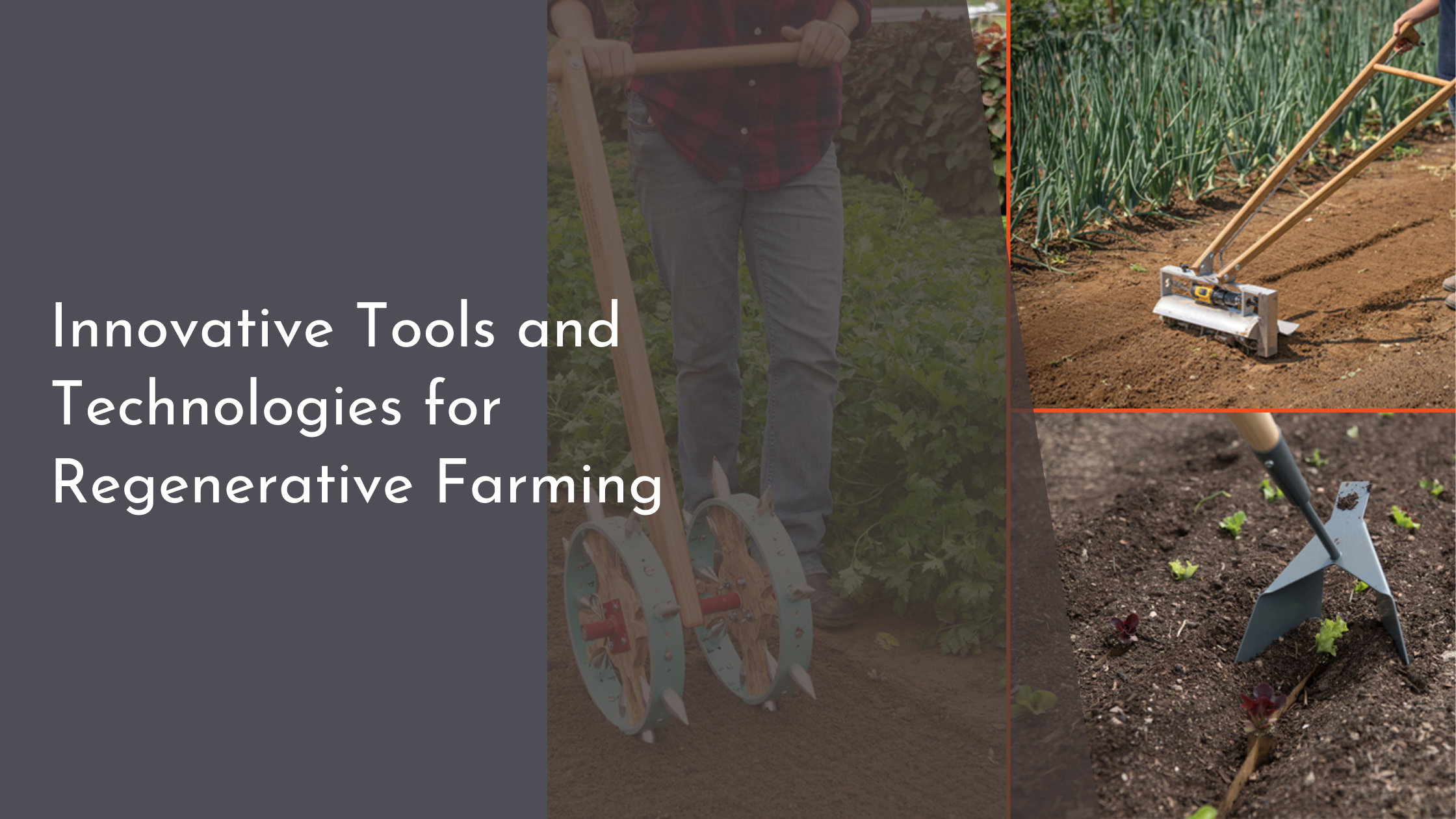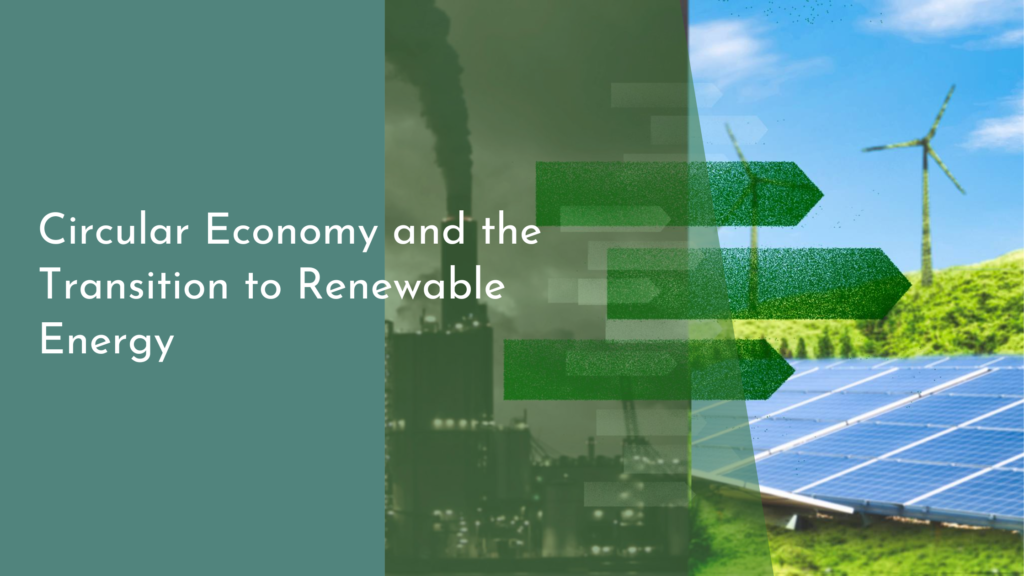Innovative Tools and Technologies for Regenerative Farming
Regenerative farming is more than just a trend; it’s a paradigm shift in agriculture that emphasizes sustainability, biodiversity, and soil health. As global challenges such as climate change and food security continue to grow, the need for innovative solutions in farming has never been more crucial. In recent years, cutting-edge tools and technologies have emerged to support regenerative practices, promising to enhance productivity while preserving the environment. This article explores the exciting advancements in regenerative agriculture, illustrating how technology is driving a more sustainable future for farming.
Embracing the Future of Regenerative Agriculture
Regenerative agriculture is seen as a holistic approach that goes beyond simple land use. It seeks to restore and enhance the ecological balance by focusing on soil vitality, water management, and the integration of plants and animals. This approach not only aims to produce food sustainably but also works to reverse the adverse effects of conventional agriculture, such as soil erosion, loss of biodiversity, and carbon emissions. By embracing these principles, farmers can create a positive ecological impact, leading to healthier ecosystems and more resilient food systems.
In order to fully realize the potential of regenerative agriculture, farmers are increasingly turning to innovative tools and technologies. These advancements are providing new ways to monitor, manage, and optimize farming practices, ensuring that regenerative methods can be effectively implemented and scaled. By combining traditional wisdom with modern science, regenerative farming is being propelled into the future, offering hope for sustainable agriculture around the globe.
Cutting-edge Tools Revolutionizing Farming
One of the most promising tools in regenerative farming is precision agriculture technology. This includes GPS-guided machinery, drones, and sensors that collect real-time data on soil health, crop growth, and weather conditions. By providing farmers with detailed insights, these technologies enable more precise application of water, fertilizers, and pesticides, reducing waste and minimizing environmental impact. This data-driven approach ensures that resources are used efficiently, promoting healthier crops and soils.
Another groundbreaking innovation is the use of cover crops and crop rotation, supported by advanced planning software. These practices help maintain soil fertility and prevent erosion by ensuring that the land is never left bare. Software tools can assist farmers in selecting the right combination of crops, predicting yields, and managing planting schedules. By integrating these practices with technological tools, farmers can optimize their land use, improve soil health, and increase resilience against pests and diseases.
How Technology Enhances Soil Health
Soil health is at the heart of regenerative agriculture, and technology plays a crucial role in enhancing it. Soil sensors are one such innovation, providing constant monitoring of moisture levels, temperature, and nutrient content. These sensors offer farmers the ability to make informed decisions about irrigation and fertilization, ensuring that crops receive exactly what they need, when they need it. This precision not only boosts crop productivity but also maintains the natural balance of the soil ecosystem.
Moreover, soil health is further supported by the development of biological inputs such as biofertilizers and biopesticides. These products promote soil biodiversity and health without the harmful side effects of traditional chemicals. Technology aids in their development by enabling extensive research and experimentation, leading to more effective and sustainable solutions. By fostering a healthier soil environment, these technological innovations support the core principles of regenerative agriculture, ensuring long-term sustainability and productivity.
The Impact of Innovations on Sustainability
Innovations in regenerative farming are significantly impacting sustainability by reducing the carbon footprint of agriculture. Technologies such as no-till farming equipment and cover crop planning tools help sequester carbon in the soil, mitigating the effects of climate change. Additionally, advancements in renewable energy, like solar-powered machinery, are further decreasing reliance on fossil fuels. These efforts contribute to a more sustainable agricultural model that benefits both the environment and society.
Beyond environmental benefits, these innovations also support social and economic sustainability. By improving efficiency and yield, they offer farmers a better return on investment, reducing costs and increasing profitability. Furthermore, regenerative practices supported by technology often lead to healthier food products, fostering a more sustainable food supply chain. As these tools become more accessible, they empower farmers of all sizes to adopt sustainable practices, leading to a global shift towards more responsible and enduring farming systems.
The integration of innovative tools and technologies in regenerative farming is setting the stage for a sustainable and productive future in agriculture. By enhancing soil health, optimizing resource use, and fostering biodiversity, these advancements are not only meeting today’s challenges but also preparing us for the uncertainties of tomorrow. As farmers continue to embrace these technological solutions, they are helping to build a resilient agricultural landscape that prioritizes the health of our planet. In doing so, they ensure that future generations will inherit a world where food production is synonymous with ecological stewardship.


